Spring Table Topper Tutorial
Inspired by simple Scandinavian folk art designs, bright-colored appliqué shapes create a bouquet of springtime flowers and leaves. The Spring Table Topper makes a perfect setting for Easter eggs, a flower vase, or a centerpiece for your Easter table. It’s a breeze to create these flowers using the free template, just print out the pattern and follow along with the how-to below!
Materials to Make a Spring Table Topper
- Print the Spring Table Topper template here
- Fabrics: use all 100% cotton solids
- 1/2 yard white for background and backing
- Fat quarter or 1/4 yard bright pink
- Fat quarter or 1/4 yard bright yellow
- Fat quarter or 1/4 yard bright blue (try cyan or turquoise with your other colors)
- Fat quarter or 1/4 yard bright yellow-green
- 1/2 yard medium green
- 1/2 yard Pellon 805 Wonder-Under paper-backed fusible webbing
- 1/2 yard Pellon 987F Fusible Fleece one-sided fusible fleece
- Isacord 40wt machine embroidery thread in colors to match fabrics
- Pencil
- Scissors and thread snips
- Iron and pressing surface
- Cutting mat, rotary cutter, and ruler
- Sewing machine (I use a BERNINA 570 QE)
- Reverse Foot with Clear Sole #34D for use with Dual Feed
- Patchwork Foot #97D for use with Dual Feed
Steps to Make a Spring Table Topper
Prepare your fabrics first.
This project uses iron on adhesives, and these fusibles work best with pre-washed fabrics. Wash fabrics without any additives (leave out fabric softeners), and if you’re worried about bleeding colors you can either wash colors separately, or use a Color Catcher in the wash. Also leave dryer sheets out of the dryer, they can leave a residue that will prohibit the fusible from adhering to fabrics. Press fabrics well with just a hot iron and steam (no starches).
Next, prepare the white background square by cutting to 15″ x 15″ square. Lightly press in some registration marks to help you line-up the appliqué shapes following these steps.
First, lay the square on the pressing surface and fold one corner up to meet the opposite corner. Very lightly press the folded edge – the goal isn’t to press hard to crease the fabric deeply, but to make a lightly pressed fold that you will be able to see when the fabric is laid flat.
Use a sewing gauge to fold over 1″ of the raw edges down, and lightly press.
Do the same on the other side. Then gently open up both folded edges before moving on to the next step.
Fold the left bottom corner over to meet the right bottom corner and gently press the fold.
And finally, fold the top corner down to meet the lower right corner, and gently press the fold.
On opening the fabric, you will see folded marks diagonally, horizontally, vertically, and 1″ all around the outside edges. Now you’re ready to start cutting appliqué shapes and laying out the flowers.
Prepare the appliqué shapes. Print the template from the link above at 100%, do not shrink or stretch to fit as this will distort the template. Trace the pieces as marked with a pencil to the backside of the Wonder-Under. Trace shapes of the same color grouped together, and label each section with the color. This makes it easier to apply to the fabrics.
Cut out the sections for each color, and follow the manufacturer’s instructions to fuse the Wonder Under to the solid-colored fabrics.
You may be tempted to cut all the pieces out now, but don’t do it! You may lose some of the tiny pieces before you need them, just cut what you need for each step.
Begin by cutting out the large pink petals for the center flower, the 4 medium green flower stems, and the 4 light green flower stems. Peel the paper backing from each of these pieces.
Align the pink petals in the center of the white square, lining up the petals as shown. Notice that one set of petals meets the vertical and horizontal pressed marks in the center of the petals. The diagonal pressed marks line-up in between flower petals.
The longer, medium green stems line-up with the diagonal pressed marks, and slide under the pink flower about 1/4″.
The shorter, light green stems line-up with the horizontal and vertical pressed marks, and slide under the pink flower petals about 1/4″.
When you have arranged the shapes and are happy with the layout, gently cover with a press cloth and steam iron to set the shapes in place. Your goal is to have the shapes tacked down so that they don’t move. Peel back the press cloth and check to see if the shapes are set before moving on.
Next, add the pink flowers to the diagonal stems so that the sides of the petals are 1/2″ away from the pressed marks around the outside edge. Add the blue circles to the light green stems so that the edge of the blue circle is 1/2″ away from the pressed marks around the outside edge.
Then add the blue open circle and small yellow circle to the center flower. Cover with the press cloth and tack in place.
To add the final pieces, you may want to work on one corner or section at a time. The small flowers have yellow petals in the center and light green leaves. The pink flowers get a medium green flower base and three sets of leaves on each stem, just as pictured. Continue laying out and pressing pieces until the top is tacked together.
To finish preparing the top, cut a piece of Fusible Fleece piece 14 3/4″ x 14 3/4″ square, and place fusible side up on the pressing surface. Center the fused flower fabric square over the fleece, and follow the directions to press and fuse, using a press cloth. This final step will permanently fuse all those little appliqué pieces at the same time. Let the whole thing sit and cool down on the pressing surface after fusing.
As a final step, use temporary spray adhesive or spray basting to adhere a 15″ x 15″ square of white fabric to the back side of the fusible fleece, this will finish off the back side of the table topper.
Get ready to add stitching to the appliqué shapes to help hold the shapes down, and add a bit of texture to the table topper. If you are an experienced free-motion stitcher, you may choose to add stitching with FMQ. I use straight stitches and sew lines, gentle curves, and pivot in corners to add stitching. Feel free to add your own designs or stitching to your table topper to make it your own.
I use Isacord 40 weight embroidery thread in matching colors for each fabric, a straight stitch needle plate, a quilting needle size 75/11, and Reverse Pattern Foot with Clear Sole #34D with Dual Feed. This foot used in conjunction with Dual Feed will help move the layers through the machine smoothly to prevent puckering, and the clear foot gives an excellent view of what you’re sewing. Use a small straight stitch between 1.5mm and 1.75mm to sew around the shapes.
I start with yellow thread, adding some straight lines in the very center, and on the petals of the yellow flowers. In order to keep the thread tails off the backside of the project while sewing, I pull threads to the front of the project as I sew. Watch the video below to get an idea of the process, then read the steps below.
After the yellow shapes, I add three lines of stitching around the blue shape in the center flower, move on to the pink flower petals, stitch the light green stems and leaves, and end with the medium green stems and leaves.
The first step is to pull up the bobbin thread before you begin stitching.
While holding the needle thread in one hand, lower the needle through the fabric where you want to start stitching. Raise the needle and tug on the needle thread to pull up the bobbin thread. Pull both threads out of the way.
Then, lower the needle down in the same spot, and begin to sew as you hold the threads out to the side. Just keep these tails out of your way as you are sewing on the shapes.
When finished sewing around a shape, sew a few stitches back over the start point, raise the needle, and pull out enough thread to have a few inches in the tails. Cut the bobbin thread and needle thread with snips.
Tug on the needle thread to pull the bobbin thread up to the top side of the project. Now keep these threads out of the way as you move on to stitch other shapes.
When you’re ready, use a needle to pull the thread tails to the back-side of the project. I use the same method used in this project to bury the thread tails on the back.
I am stitching these shapes free-hand, sewing the curves gently, pivoting in the corners with the needle down (check it out in the video above), and not worrying about being too perfect. If you need a line to follow, use a fabric marking pen or pencil that will disappear after sewing (just make sure to test on some scraps first). Draw some gentle curves or straight line shapes to follow as you sew.
Once stitching is finished and you’ve either buried all the tails or snipped your threads, give the table topper a little steam iron with a press cloth before trimming.
Trim 1/4″ off each side and square the table topper using a large cutting mat, rotary cutter and ruler.
Prepare at least 74″ of double-fold binding with the medium green fabric. Cut 2″ strips on the bias, sew shorter strips together on a 45° angle, and press finished strip in half lengthwise.
Attach binding with a 1/4″ seam. You can continue to use Reverse pattern foot #34D, but using a true patchwork foot will help you to sew that perfect 1/4″ seam. I use Patchwork Foot #97D with Dual Feed.
Leave a tail of the binding about 5″ long as you begin to sew the binding to the middle of one side of the project. Mitre corners as you sew. Finish tails by cutting a 2″ overlap, sewing the ends on a 45° angle, trim seam, and finish sewing the folded binding to the edge. Hand-sew binding to the back of the table topper to finish.
Press finished binding well all around the table topper.
And enjoy the bright spring flowers!
I hope you enjoy making the Spring Flower Table Topper, my family truly loves the bright and cheery blooms on our table.
What you might also like
9 comments on “Spring Table Topper Tutorial”
-
-
Hello, thank you for your feedback. We are sorry to hear you are having issues printing the instructions. You should be able to print directly from your browser by visiting your browser menu and clicking print or by using a keyboard shortcut (Command + P on Mac or Ctrl + P on Windows). This should open your print dialogue where you can either print the file or save as a PDF. You can also copy and paste the blog into a Word Document to then print or save from there. We hope this helps!
-
I had a bit of trouble printing the instructions from my iPhone. The first 8 or 9 pages printed fine, but the last 8 or 9 were missing the photos. The text printed okay on those pages, but the photos were missing. I moved to my PC and opened the file and printed from my PC browser and all came out fine. I also saved the instructions and the download of the applique template as a PDF from my browser as backup. To save as a PDF, from the drop-down list where you select your printer, select Save as PDF (or similar language depending on your browser). It should then prompt you where you want to save the PDF file, etc. You should then be able to open the PDF and check that all of the document is there, etc. Then, you can print the PDF if you are still having trouble printing directly from your browser.
-
-
Hi @norwegiangal, I hope you are able to print with the tips from WeAllSew! Thanks for checking out my tutorial – Cheers!
-
-
Hi. I’m still new to quilting. I’ve done a couple of small projects. I’d like to make a table runner from this design by duplicating the square 5 or 6 times, quilting them individually since there’s so much twisting and turning of each square during the quilting process, then sew the quilted squares together. Up to the point of joining the quilted squares, I’m good. Where I hit a snag is knowing the best way to join the pre-quilted squares. Is there a We All Sew video, or other video, etc., that suggests the best way to join pre-quilted squares? Do I just join them the same way I’d join un-quilted squares (right sides together with 1/4″ seam, etc.)? I’d then bind the entire thing once all squares are joined. Thanks in advance for any help offered.
-
Hi @spatters, I’m not sure about joining pre-quilted squares in the method you mention. Maybe if you quilt each square without a backing, then join each quilted top together with a 1/4″ seam, pressing seams open. Then, you can just add a backing to the entire set of blocks, finishing up as you’d like. I know there’s lots on WeAllSew about the quilt-as-you-go (or QAYG) method, but that’s not going to be quite the same thing if you only want to quilt one square at a time. Best of luck, and cheers!
-
-
Does anyone know a way to turn the applique template file into an SVG format? I would like to try cutting the applique pieces on my Cricut machine. Thanks!
-
Very cute and something I would like to make. But can you add a more printable friendly instruction sheet, printing 19 pages is way too much.
-
Sewjanets, if you set your printer to print on both sides it will cut down the paper usage by half. That is usually how I print instructions when they are lengthy. Hope that helps.
-
Leave a Reply
You must be logged in to post a comment.
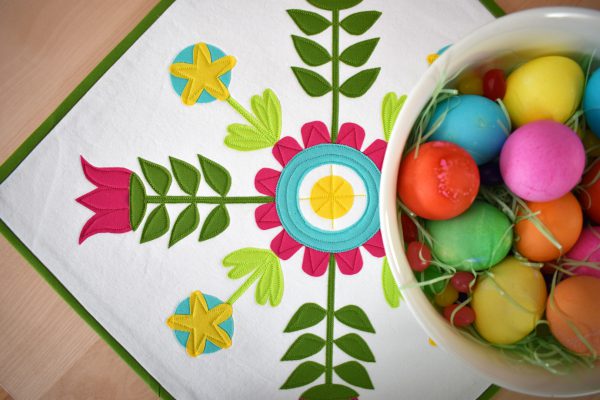
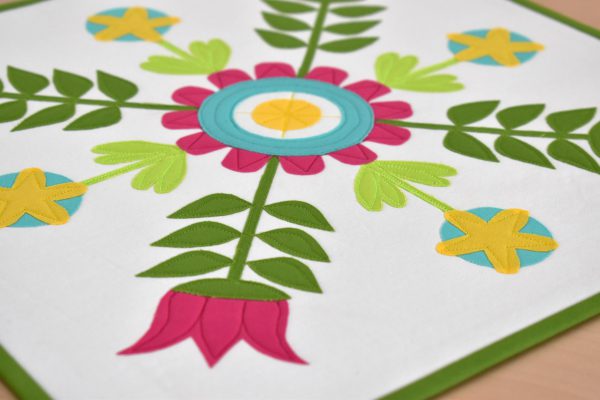

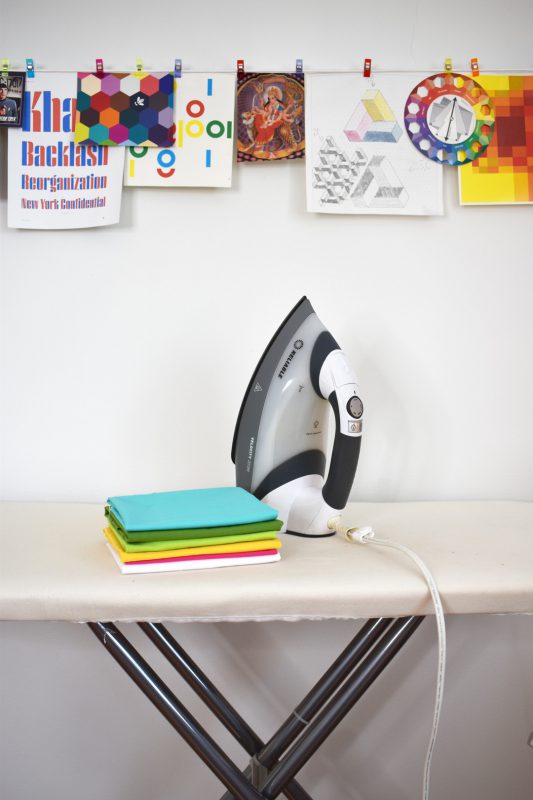
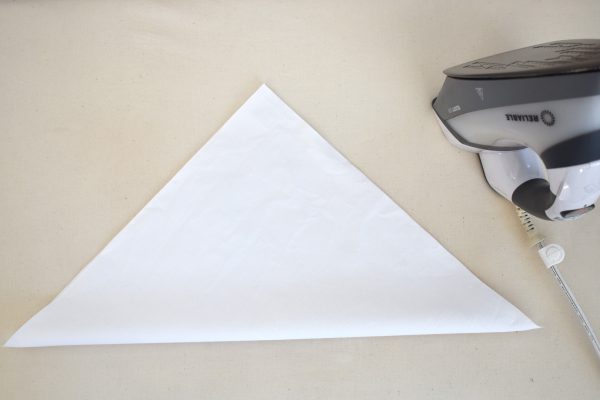
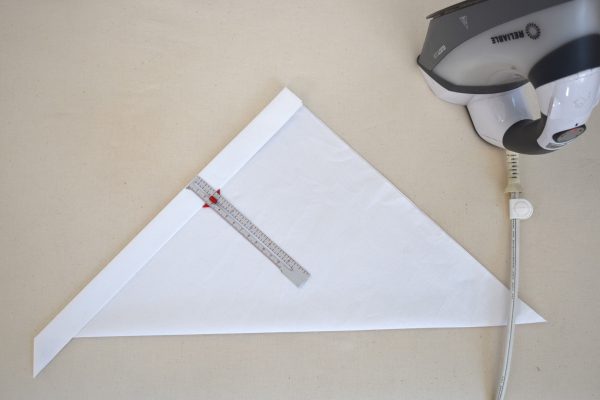
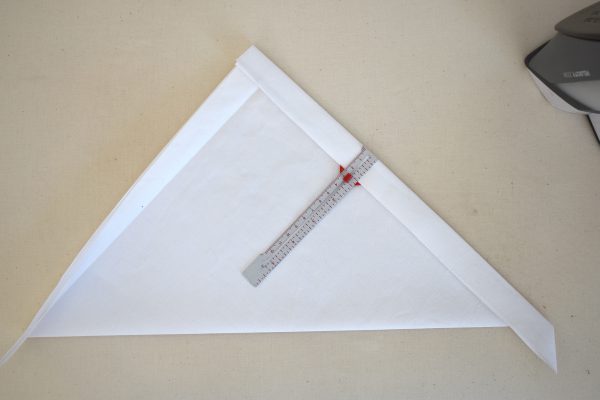
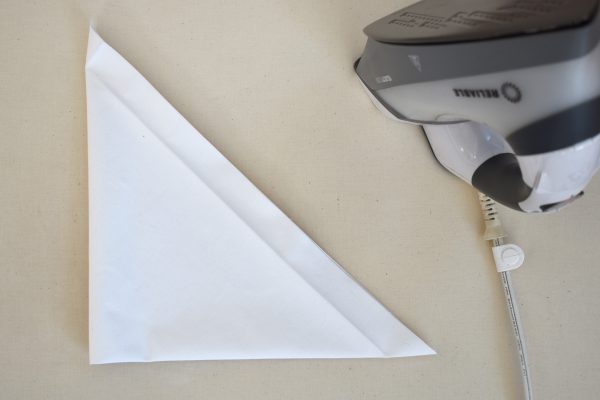
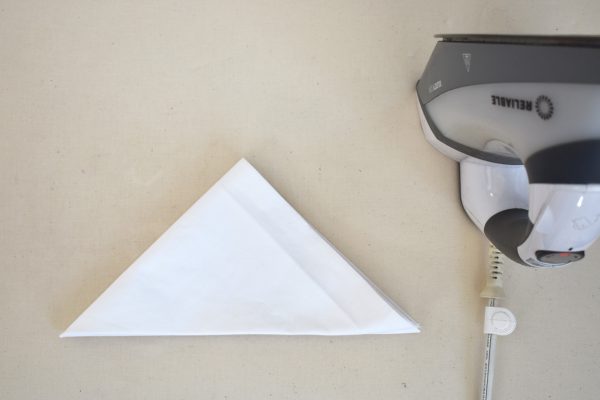
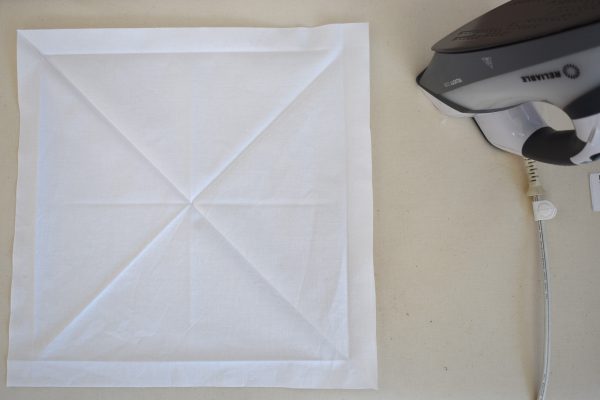
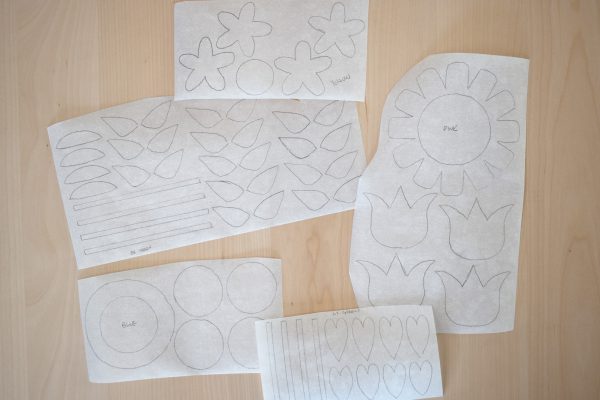
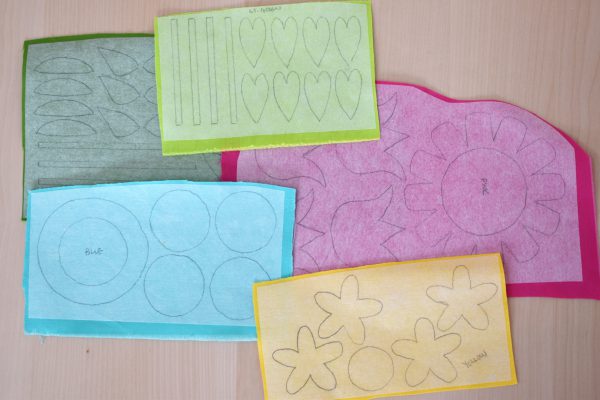
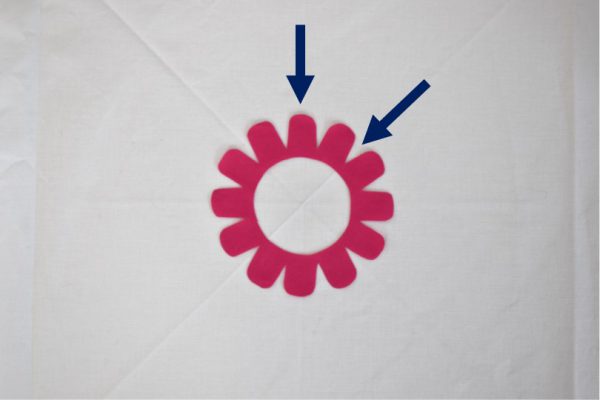
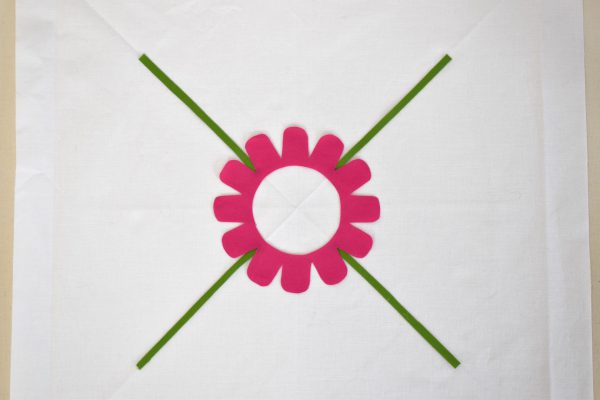
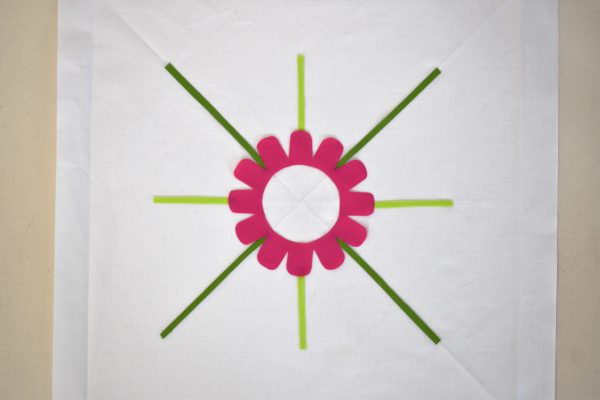
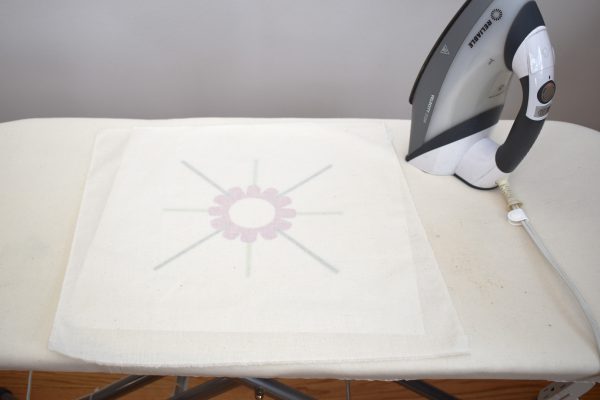
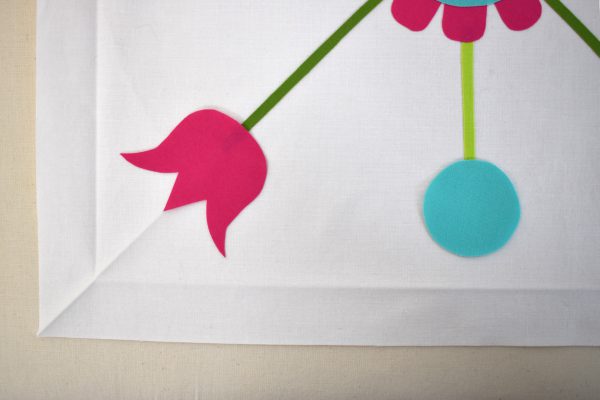
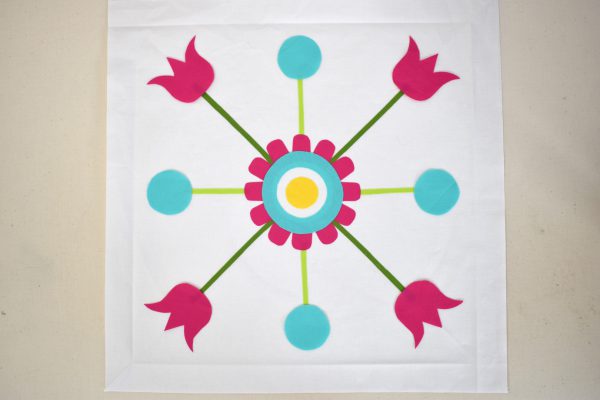
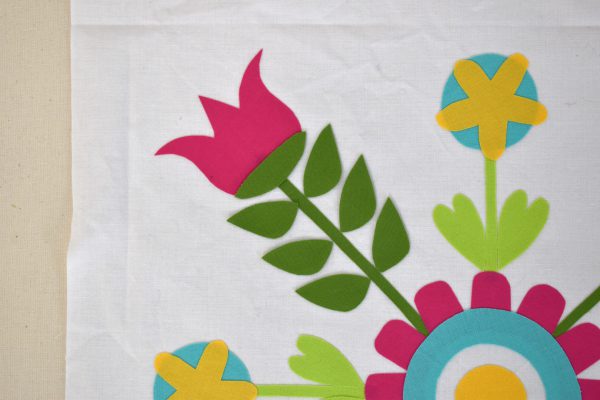
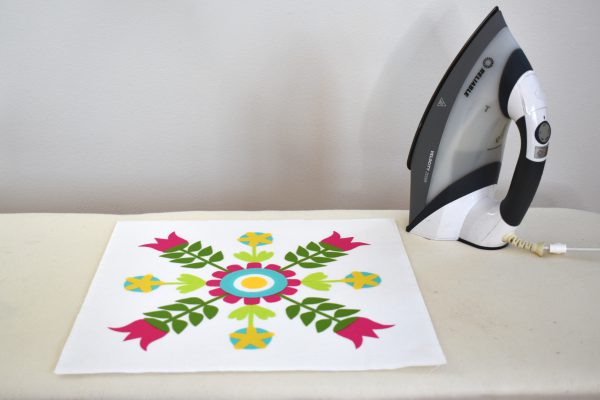
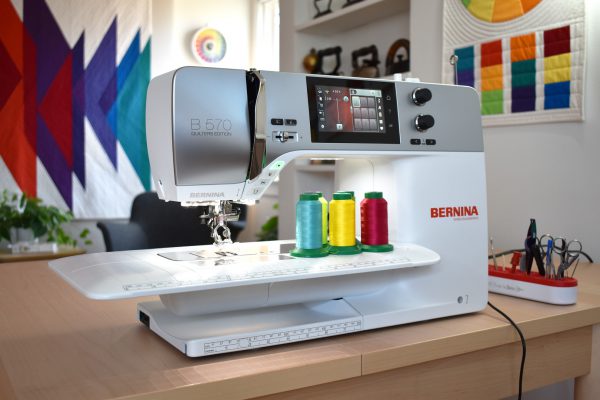
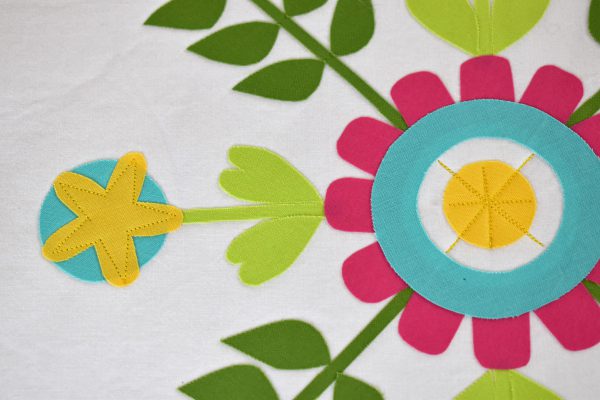
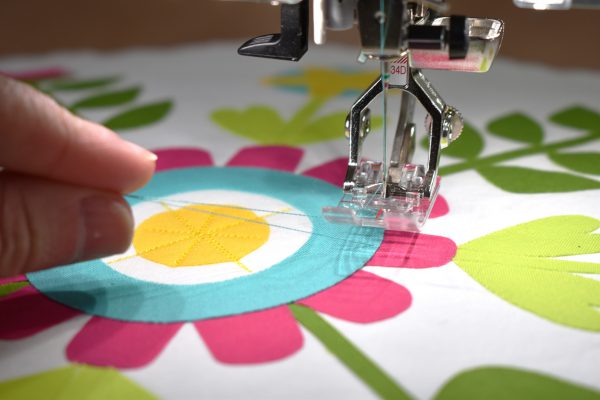
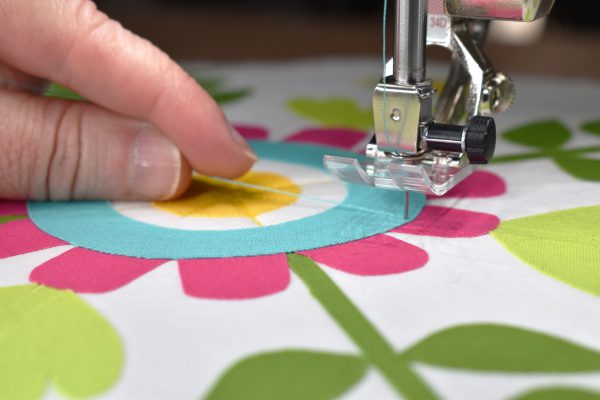
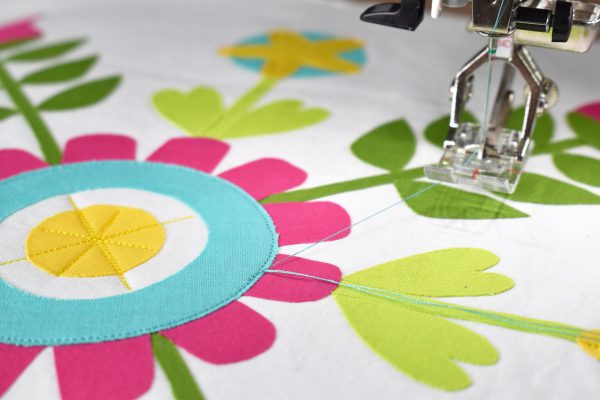
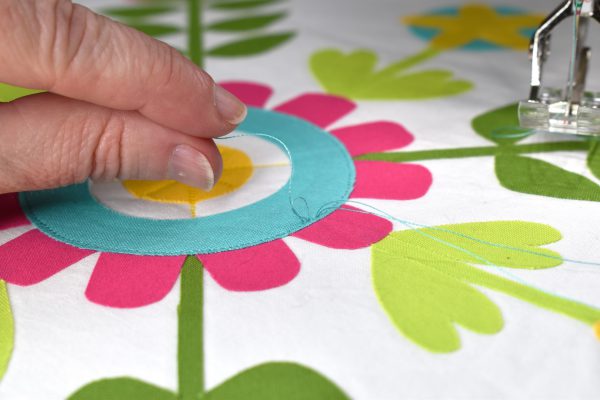
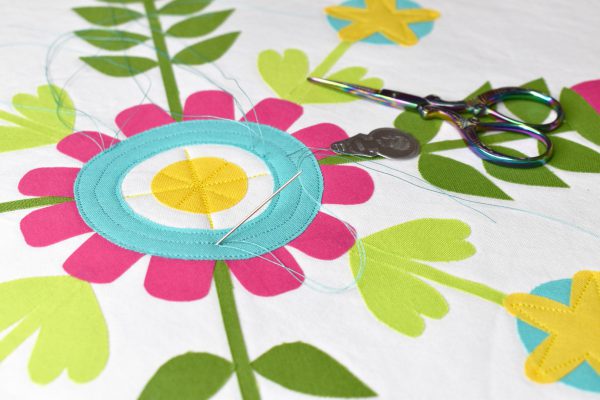
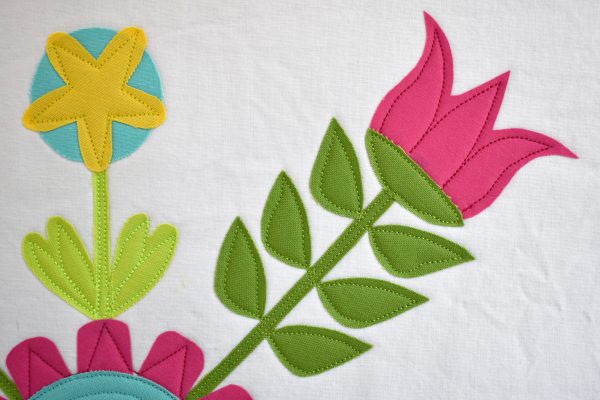
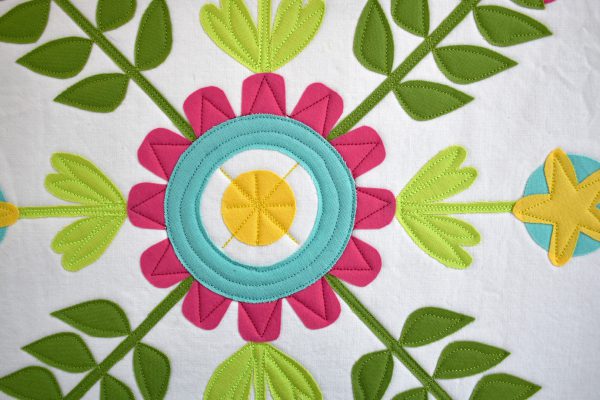
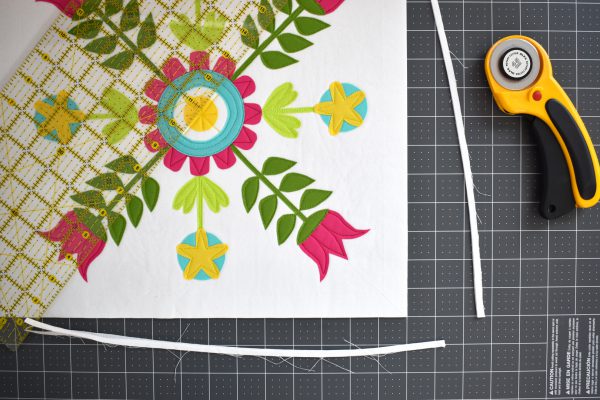
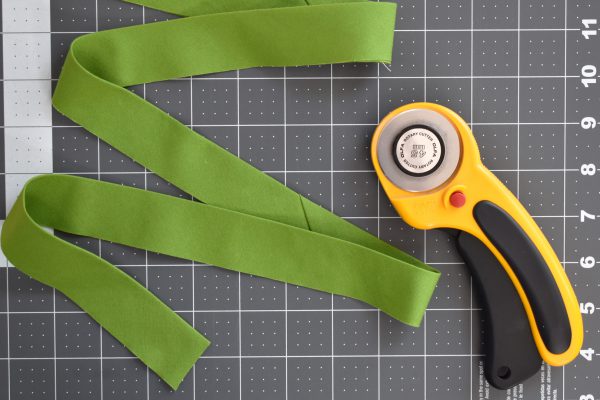
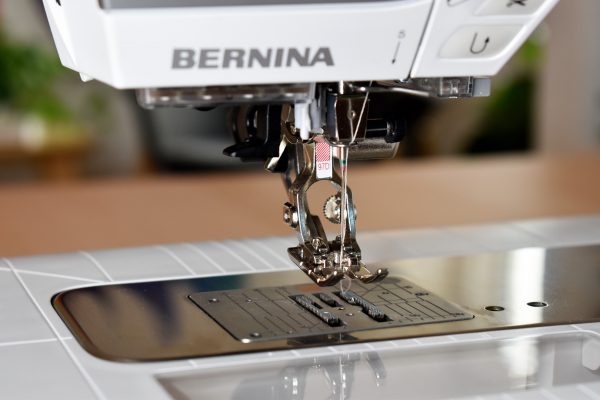
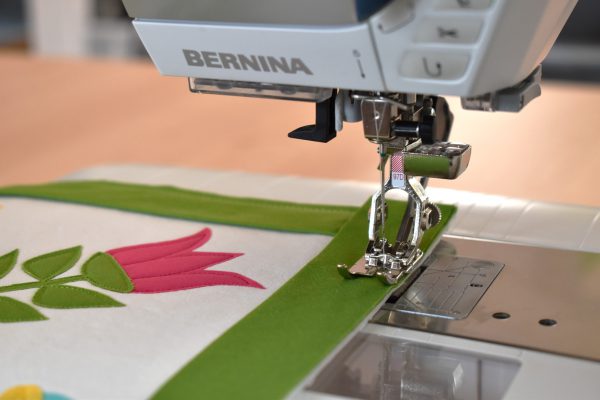
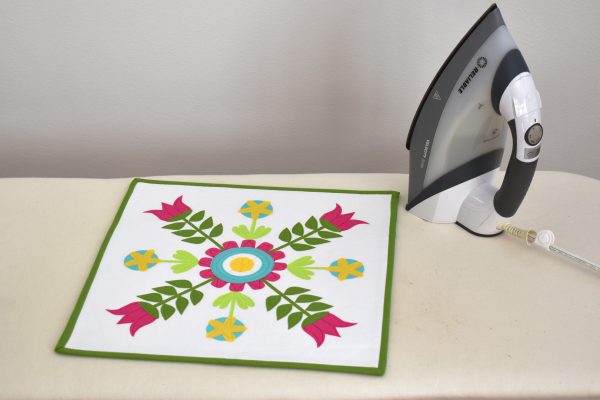
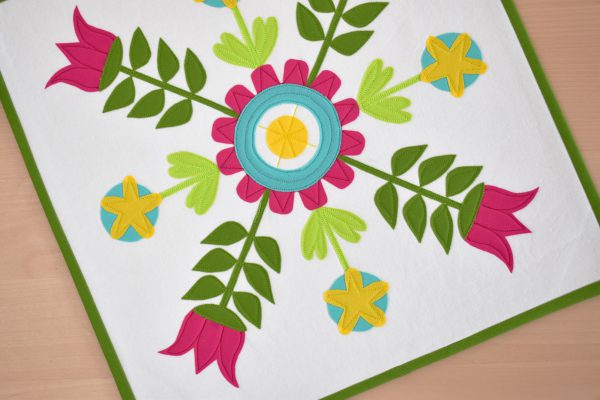
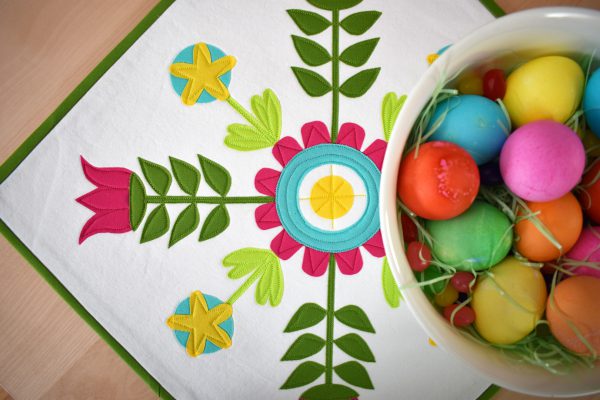
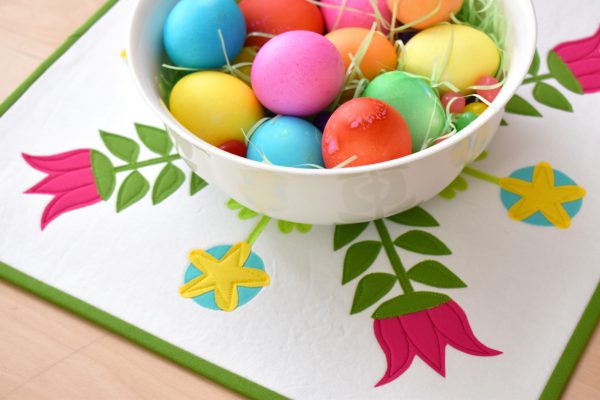
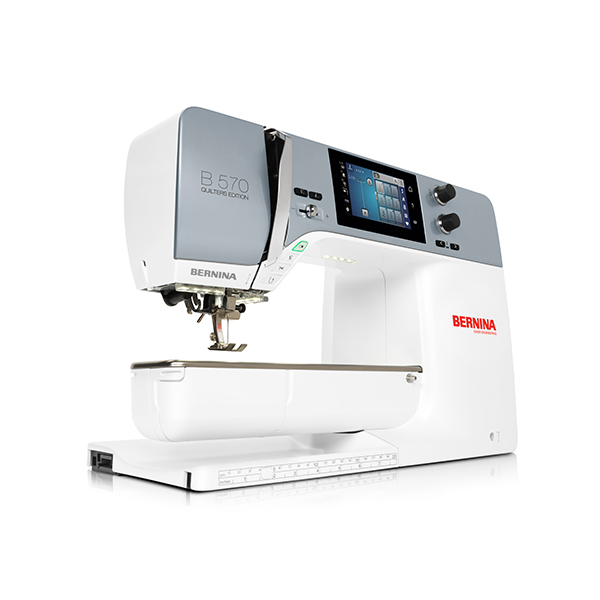
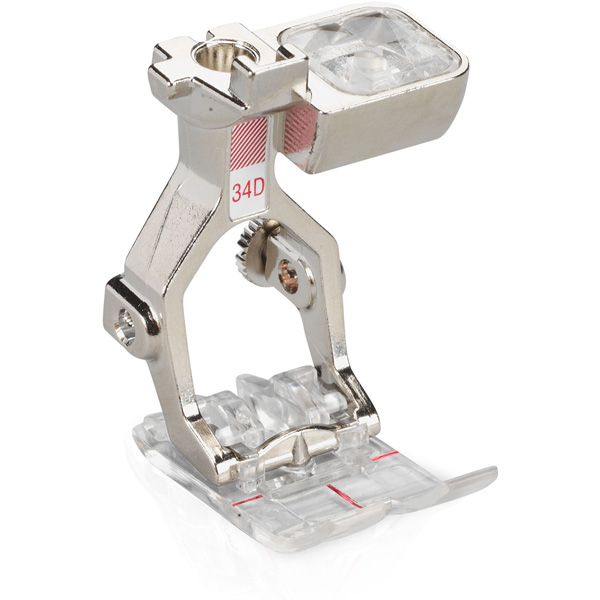
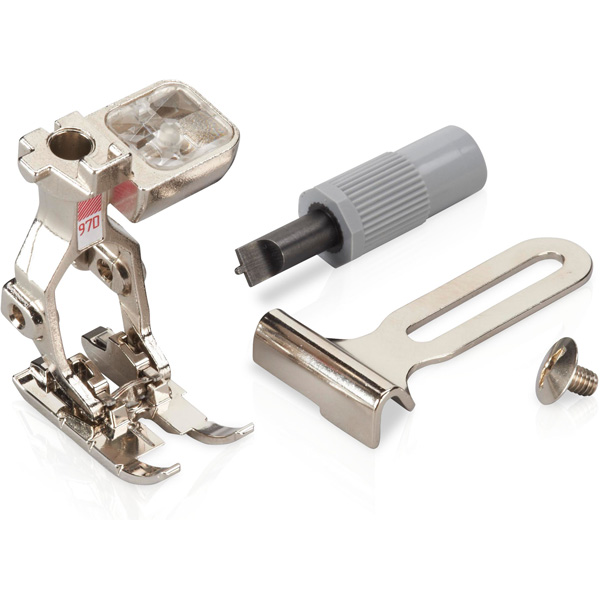
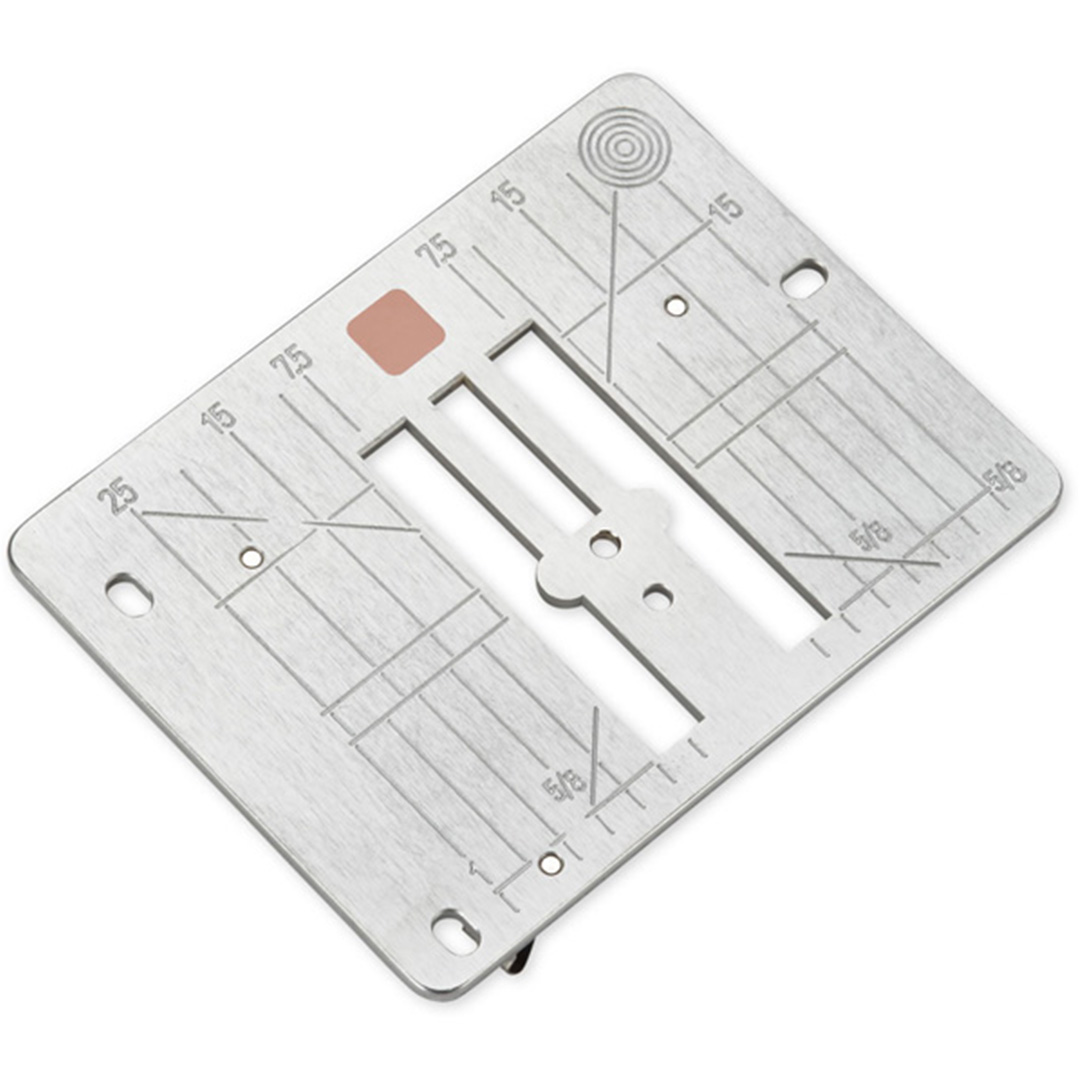

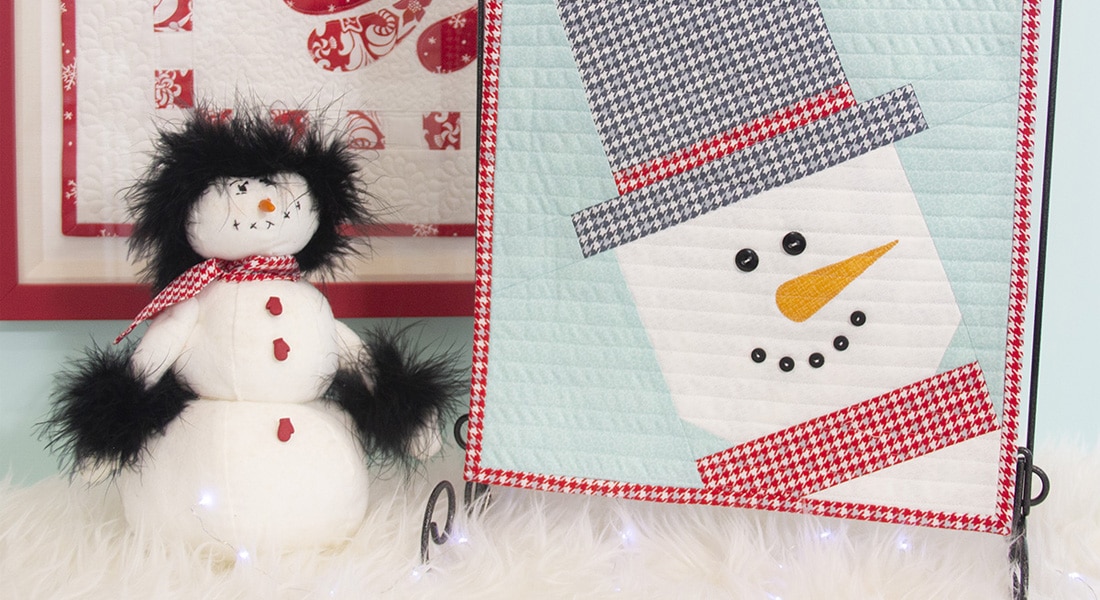
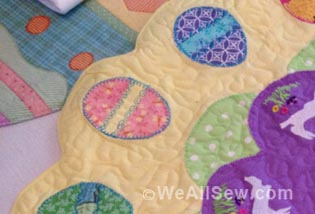
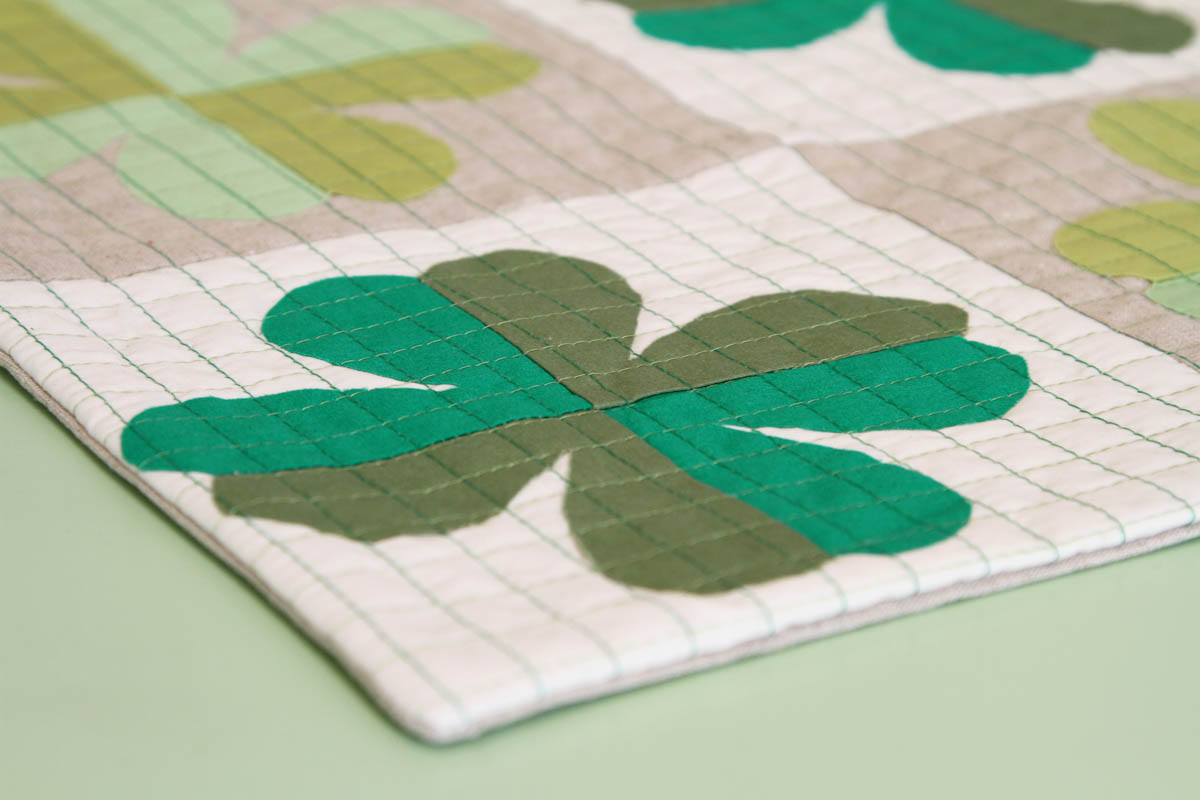
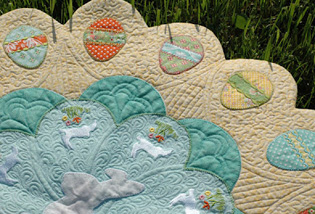
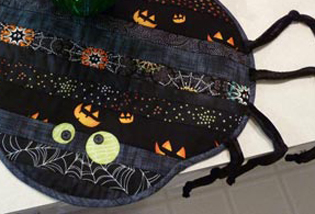
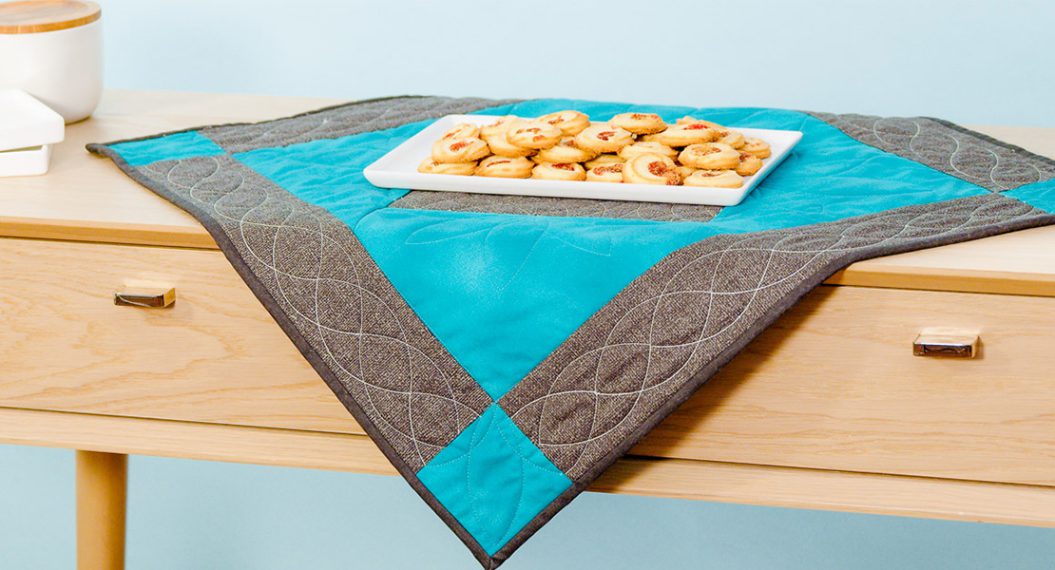

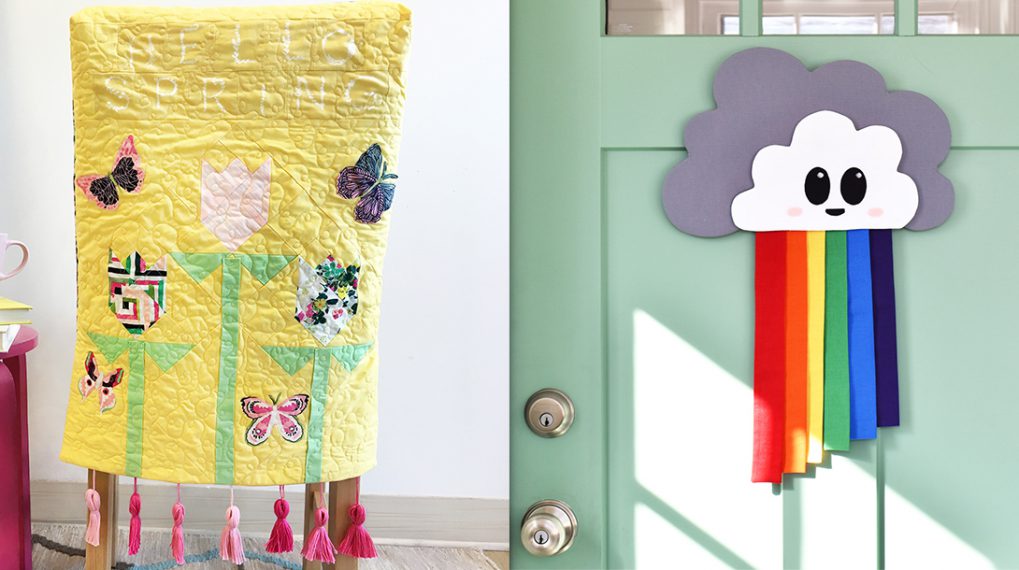

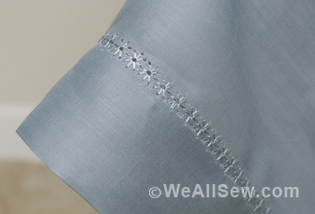
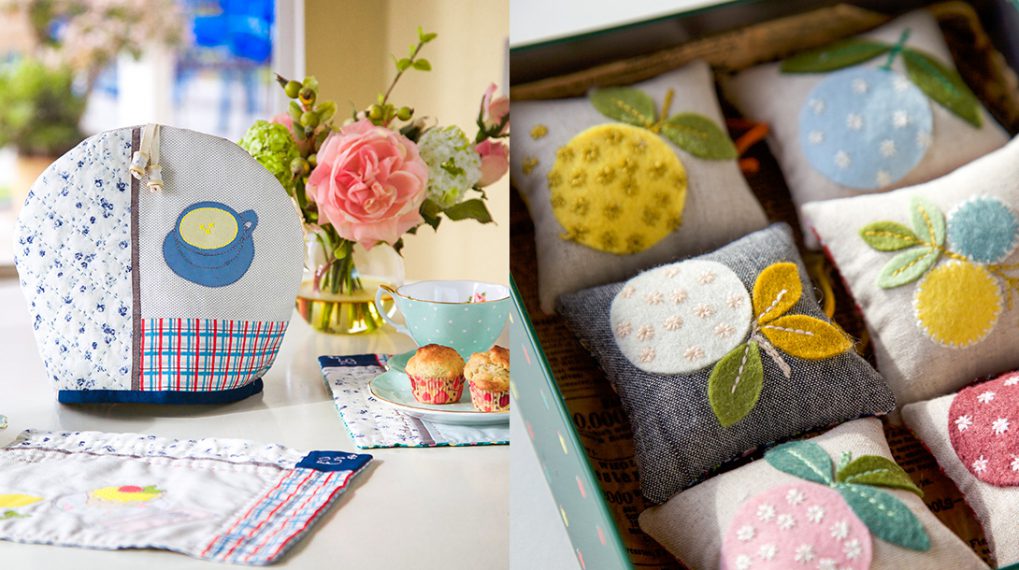

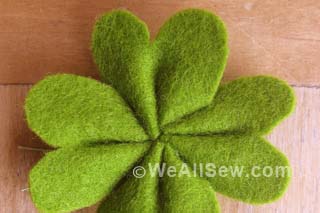
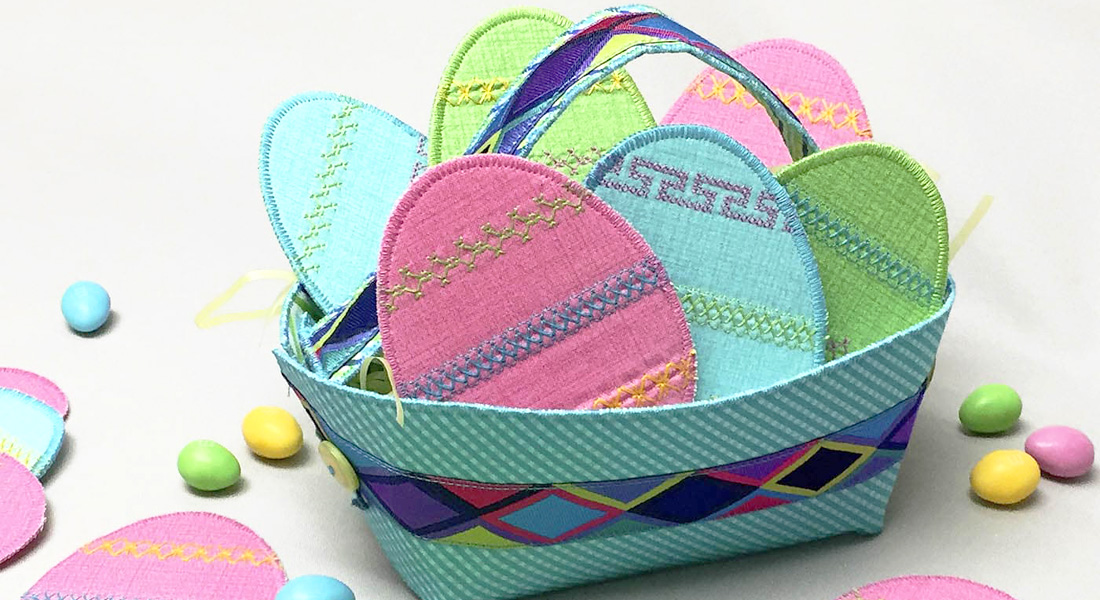
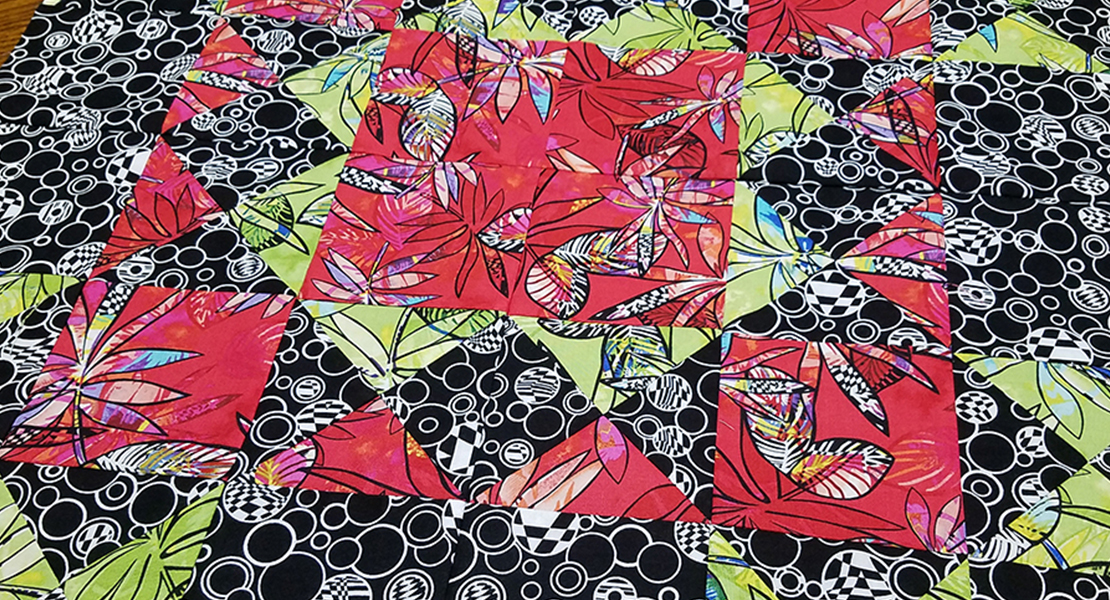
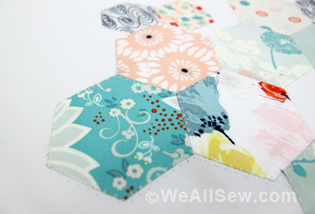
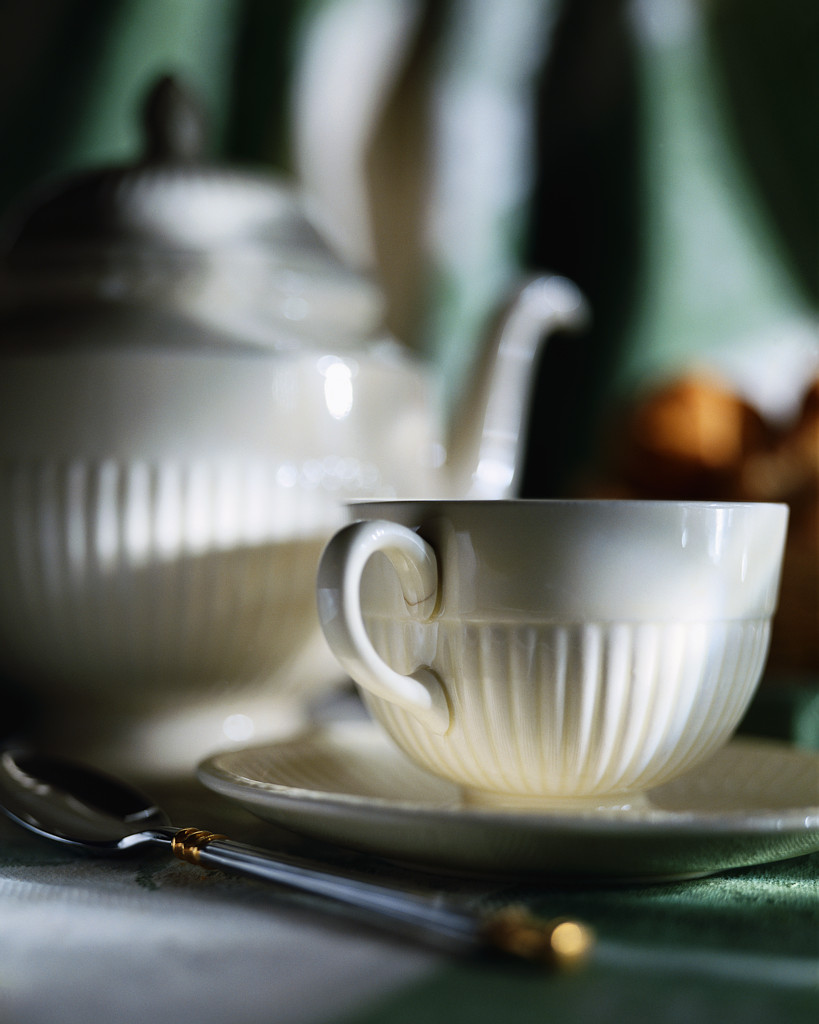
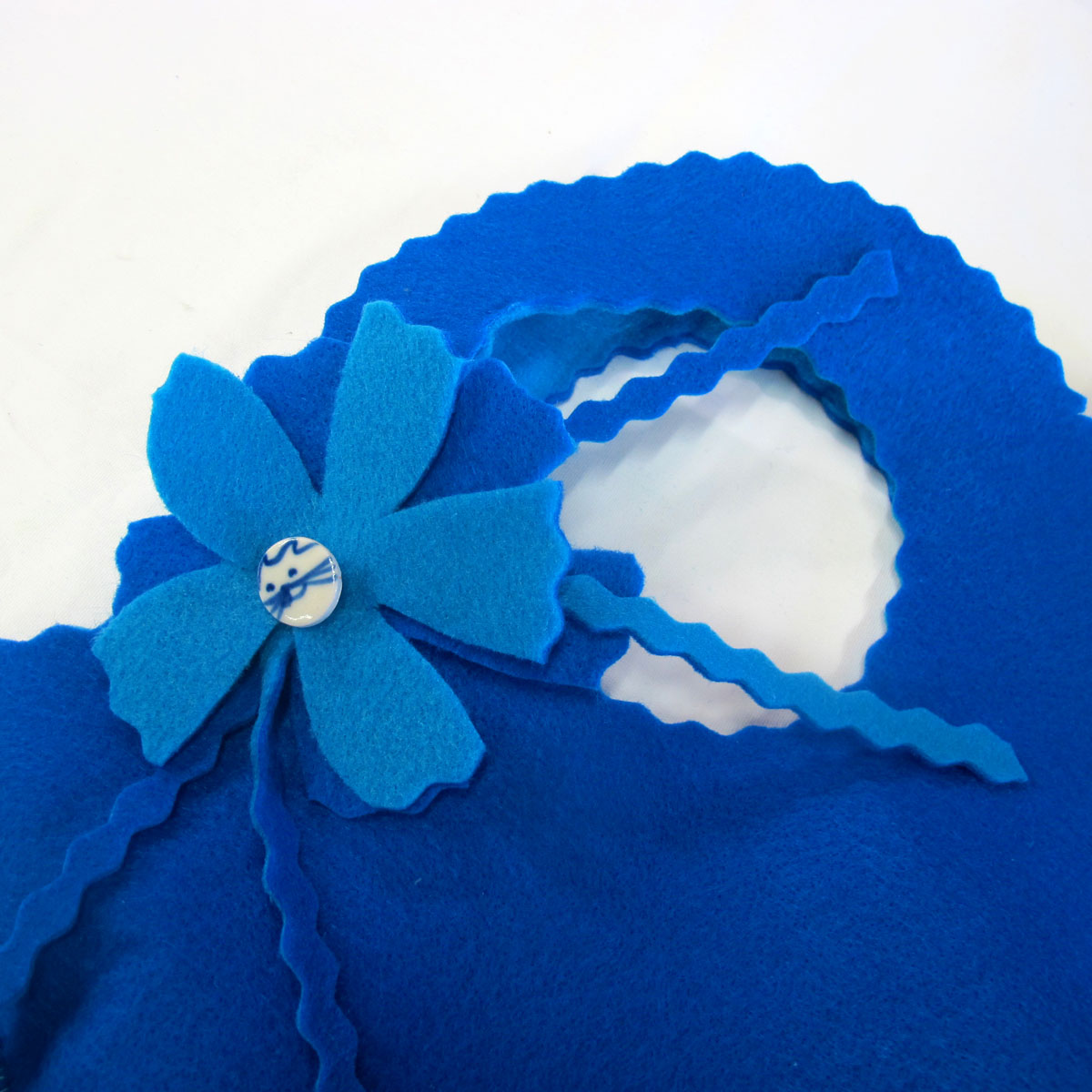
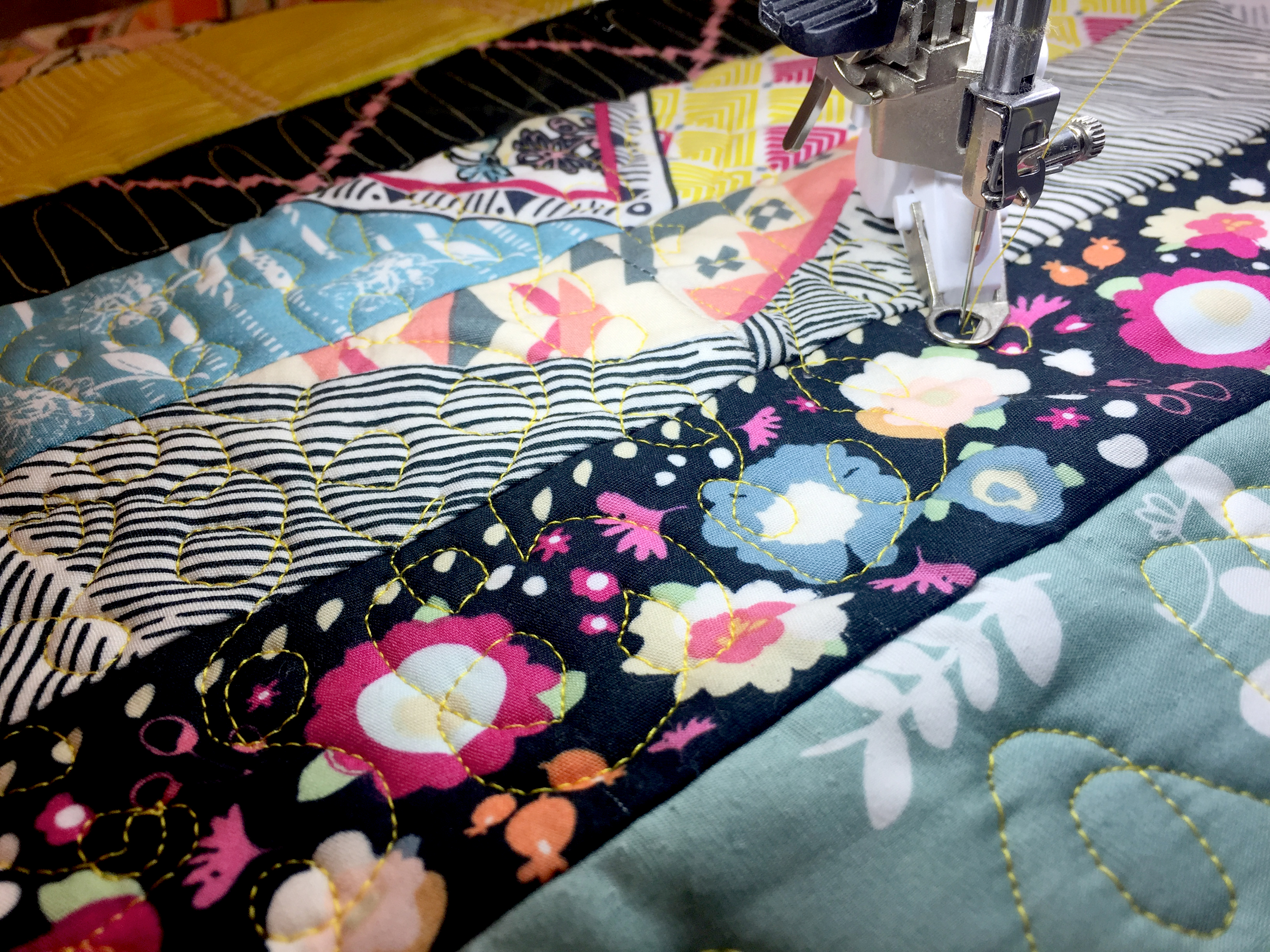
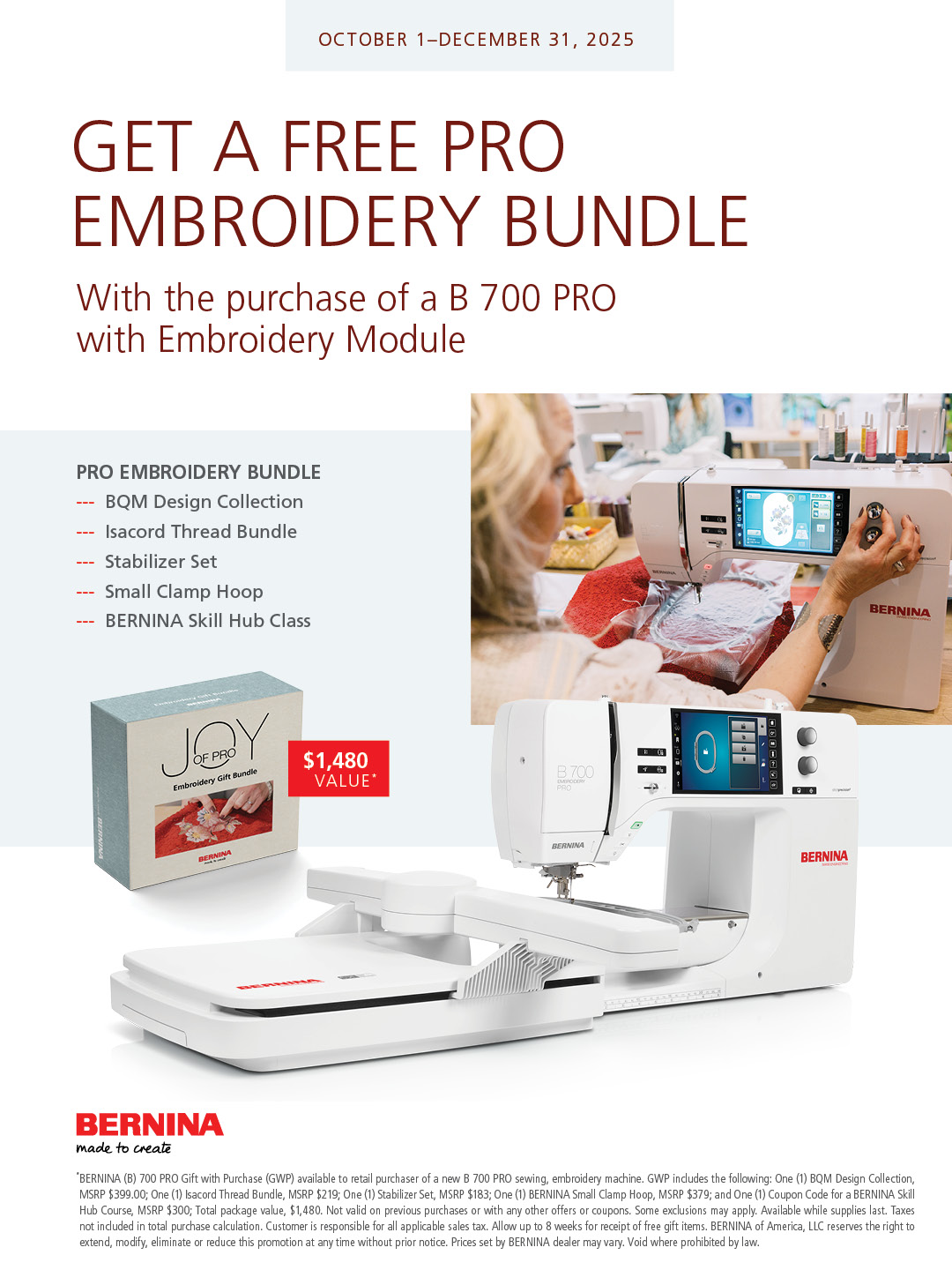
It would be nice to be able to print the instructions or download a PDF. Not everyone likes (or is able) to have a computer by their sewing machine or to follow instructions from a screen. I’ve been able to print many other projects here and on every other website, but I’ve tried everything & can’t get it to print. I just printed out the overlocker maintenance article from this same newsletter, so the problem isn’t on my end.